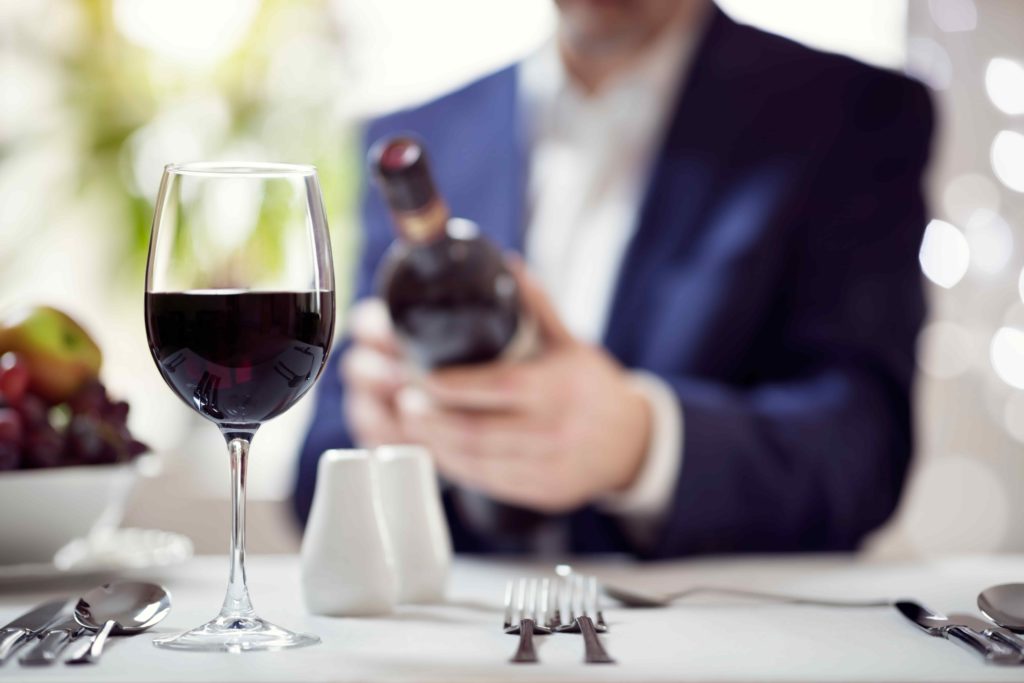COVID-19 has taken a heavy toll on global financial markets in the first half of 2020. Stock markets have fallen sharply, interest rates slashed and for the first time ever in we saw oil prices in the negative. And, for those searching for an alternative investment asset class to turn to in these difficult times, fine wine is a great choice.
Why fine wine offers high returns as an alternative investment asset class
While stock markets are falling around the world, fine wine indexes gained 1.1% in Q1 2020. The unprecedented circumstances that are still playing out around the world due to the global pandemic has created one of the most interesting investment opportunities in years – in fine wine.
Wine futures (also known as ‘en primeur) is a method for investors to buy up popular wine before it’s bottled and released onto the market. Usually, the fine wine investor has a window of around three years to invest in its future wine. In basic terms, investors purchase a vintage still in the barrel around a year to three years before the vintage is officially released.
Investing in wine en primeur is not a guessing game in the same way as some other investment asset classes. Industry insiders and critics give the vintage a rating before an investor buys it, which gives them a strong idea of how much they can make off that particular wine.
En primeur sales offer good returns on investment
Lots of different wine regions offer some form of wine futures investment. The most famous to offer en primeur to buyers is the Bordeaux wine region, but many other regions do too, including Piedmont, Burgundy and the Rhone Valley. Bordeaux is the very centre of wine futures and its system is followed by other regions.
This year’s wine futures market is even more of an investment opportunity than usual, with substantially lower prices on offer due to COVID-19. The pandemic has disrupted the usual flow of the futures market, with buyers and sellers unable to connect through normal channels. Wineries have therefore been left with large amounts of unsold wine. As they need the money to harvest the next crop in the autumn, they’re going to lower their prices.
We have seen this before after the global financial crisis in 2008. As traditional markets collapsed, wineries dropped en primeur prices by as much as 50% from 2007. Investors had a bumper year. For example, the 2008 vintage of Lafite Rothschild gave investors a 314% ROI (return on investment).
However, it’s not possible to say how much Bordeaux wine futures will cost. The price has been around $300 for three years, and experts are currently speculating on how 2020’s events will affect the en primeur prices this year. Wine investment platforms estimate up to a 35% decrease in price compared with 2019 prices.







